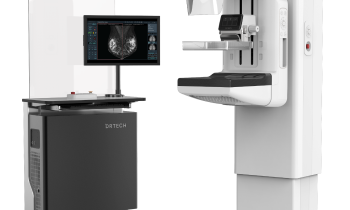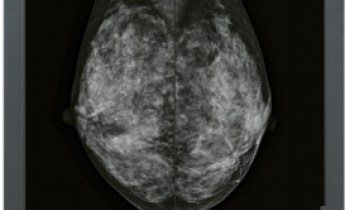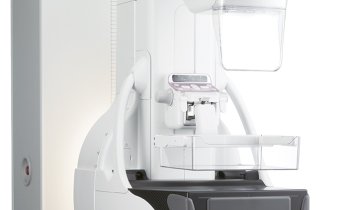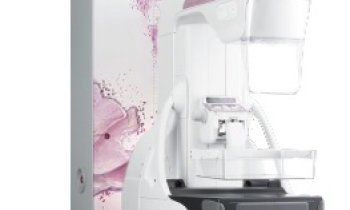Post-menopause physical activity reduces breast cancer risk
The breast cancer risk of women who are regularly physically active in the postmenopausal phase is reduced by about one third compared to relatively inactive women, according to a study conducted by the German Cancer Research Centre (Deutsches Krebsforschungszentrum, DKFZ) and the University Hospitals of Hamburg-Eppendorf.
To explore the connections between life style and breast cancer risk, the MARIE* study questioned 3,464 breast cancer patients and 6,657 healthy women, aged between 50 and 74 years.
A comparison between control subjects and breast cancer patients showed that women in the control group had been physically more active than the patients. For this reduced risk, hard work in the gym is unnecessary. The women in the most physically active group, for example, walked for two hours every day and cycled for one hour, while the most inactive study participants walked for only about 30 minutes every day.
The effect of physical activity was independent of weight gain, total energy intake or body mass index (BMI). Therefore, researchers assume that physical exercise reduces the risk of cancer through hormonal mechanisms instead merely by a reduction of body fat or other changes in physical constitution, as it has often been assumed.
A closer look at the types of breast cancer revealed that physically active women are less frequently affected, in particular, by tumours that form receptors for the two female sexual hormones, oestrogen and progesterone. These malignant ‘hormone receptor positive tumours’ accounted for 62.5% of breast cancers among MARIE participants. Other tumour markers, such as HER2 receptor formation or differentiation stage of cancer cells, were found to be unrelated to physical activity, the researchers report.
* Martina E. Schmidt, Karen Steindorf, Elke Mutschelknauss, Tracy Slanger, Silke Kropp, Nadia Obi, Dieter Flesch-Janys und Jenny Chang-Claude: Physical Activity and Postmenopausal Breast Cancer: Effect Modification by Breast Cancer Subtypes and Effective Periods in Life. Cancer Epidemiology Biomarkers and Prevention 2008, DOI: 10.1158/1055-9965.EPI-08-0479
01.05.2009










